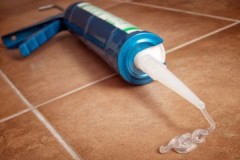Qualitatively and without unpleasant consequences: how to remove silicone sealant from an acrylic bath?
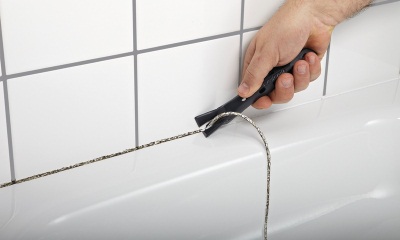 Carrying out sealing in rooms with high humidity, contact with water and temperature extremes is a mandatory component of construction and repair work.
Carrying out sealing in rooms with high humidity, contact with water and temperature extremes is a mandatory component of construction and repair work.
For these purposes, it is convenient and practical to use silicone sealants.
To remove the old or remove the freshly applied silicone sealant from the acrylic surface, it is important to know how to clean the bath efficiently, efficiently and without unpleasant consequences.
Content
Preparation for cleaning
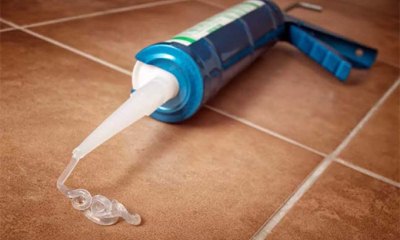 At its core, silicone sealant is it is a paste that provides a high level of moisture insulation.
At its core, silicone sealant is it is a paste that provides a high level of moisture insulation.
A feature of the product is a fairly fast solidification period at room temperature and good adhesion to the surface of contacting materials.
Silicone sealants are divided into 2 groups:
- Neutral.
- Acid.
Their difference is due to the composition and exactingness of the application. Acid has a more aggressive composition, its use is recommended with good ventilation.
The difficulty of removal depends on several factors. Among them:
- how long ago the product was applied;
- the relief of the surface from which the silicone must be removed;
- porosity of the material;
- type of material;
- whether the sealant will be reapplied to the cleaned area.
The stained surface must be prepared for work. This includes:
- removing unnecessary items from the bath, freeing up space;
- cleaning the surface from dust and dirt;
- wiping dry.
The hardened sealant is difficult to remove and becomes water resistant.
How to clean the surface mechanically?
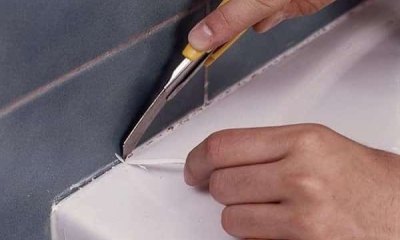 After inspecting the condition of the sealant, a decision is made on the choice of surface cleaning method. The main ones are mechanical and chemical.
After inspecting the condition of the sealant, a decision is made on the choice of surface cleaning method. The main ones are mechanical and chemical.
If the strip of previously applied sealant you want to remove has poor adhesion to the tub surface, you may simply need to pry the edge off. The rest will come off in this case without effort.
If the sealant holds tight, then you will have to cut it off with a clerical knife or blade... You should act very carefully so as not to damage the acrylic.
By placing a sharp blade flat on the surface of the bath, it can be carefully guided along the contaminated area. Thus, it will be possible to remove the predominant amount of sealant.
The remains will have to be removed with a brush or wooden scraper.... This is a fairly painstaking job to avoid damaging the bath itself. If the sealant layer is thick enough, it can be cut off with a utility knife. This should be done very carefully, gradually - layer by layer.
The process of removing sealant from an acrylic bath - in the video:
How to remove with improvised means?
It is possible to remove silicone sealant using simple improvised means that can be found in the household. In order for them to have a decent effect, the acrylic must be prepared, and the maximum possible amount of the product must be removed mechanically.
Vinegar essence
70% vinegar essence can be used as a solvent... A rag is moistened in the solution and the stained acrylic area is intensively rubbed. You can leave it on the stain for a better effect. After the sealant has softened, wipe it off completely.
Salt
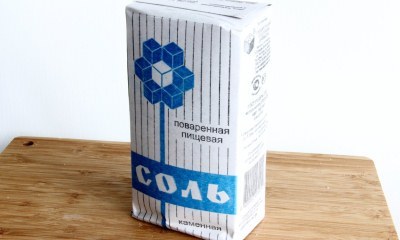 You can use table salt to scrub the remaining sealant from the bath. You will also need a sponge or rag.
You can use table salt to scrub the remaining sealant from the bath. You will also need a sponge or rag.
Application:
- The sponge must be moistened first.
- Sprinkle it with salt.
- Wipe off the waterproofing compound from the surface.
Alcohol
The use of undiluted alcohol is also quite effective. With this method, a rag soaked in alcohol will be used.
It is placed on the soiled area and left to act for an hour and a half.... After the paste becomes plastic, it is scrubbed off with a wood scraper or rags.
White Spirit
This product is one of the popular solvents. For exposure to the drug, a rag is moistened and applied to the stained surface. In this case, it is necessary to ensure that the rag does not dry out. When the sealant softens, it can be peeled off effortlessly.
Petrol
Refined gasoline can be used as a solvent for silicone... When applied to silicone sealant, it will soften, which will improve the wiping process of the acrylic remover.
How to wipe off with special compounds?
Special products can be used to remove silicone from the surface of the acrylic bath. When choosing the right one, it is necessary to clarify whether it is possible to use it on acrylic surfaces.
Silicon-Entferner Lugato
Lugato produces a special silicone sealant remover. It can be used on various types of surfaces, including acrylic.
For a good result, you need to do the following:
- Remove the bulk sealant layer, leaving a thickness of no more than 0.2 cm.
- Open the tube (child protection system - push and turn the lid).
- Pierce the protective foil on the tube with a needle.
- Apply a thick layer of the agent to the surface with sealant residues - up to 0.5 cm.
- Leave to act for at least an hour and no more than 5 hours.
- Remove the rest of the product with a non-sharp object. For example, a wooden scraper.
- Wipe the bath with a cloth soaked in refined gasoline.
- Wipe with a dry cloth.
- If necessary, the treatment should be repeated.
The drug is available in a 80 ml tube. Price per package - from 1,000 rubles.
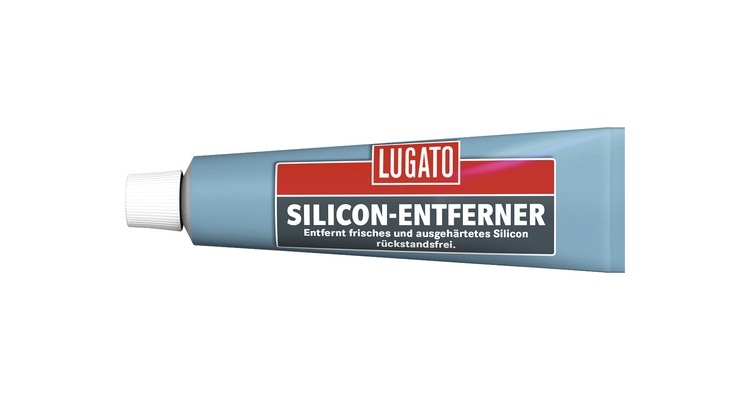
Dow corning os-2
The silicone remover is available from an American company. The drug is produced in various forms:
- paste;
- spray;
- liquid.
All molds are plastic safe and can be used on acrylics. Dow corning is applied to the sealant for 20 minutes. During this time, it softens the sealant and makes it easy to remove. Price - from 500 rubles.
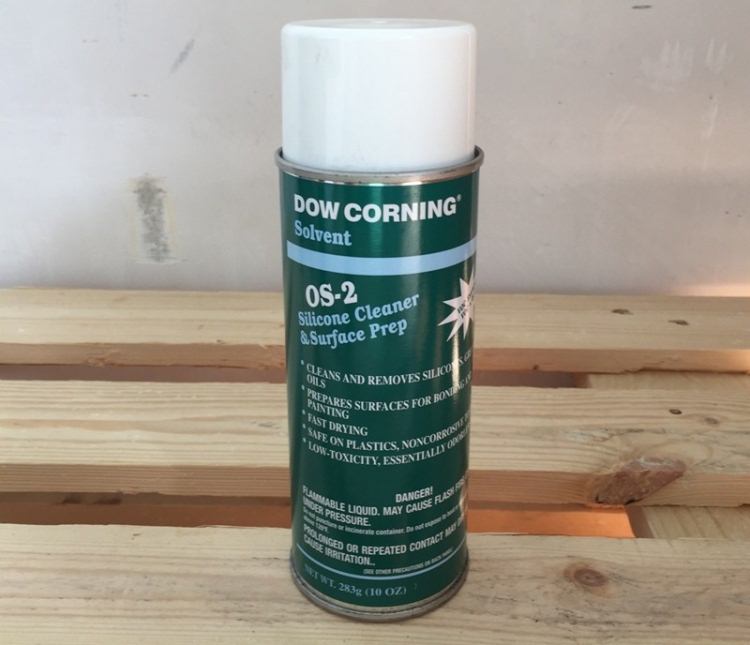
Permaloid Silicone Remover 7010
The product is a mixture based on organic solvents... The product is suitable for plastic processing and can be used as a sealant cleaner for acrylic baths.
The composition contains antistatic additives. The drug is non-toxic, not difficult to use. The silicone remover is produced by the company. SpiesHecker, Germany. Price for 5 liters - from 4,500 rubles.
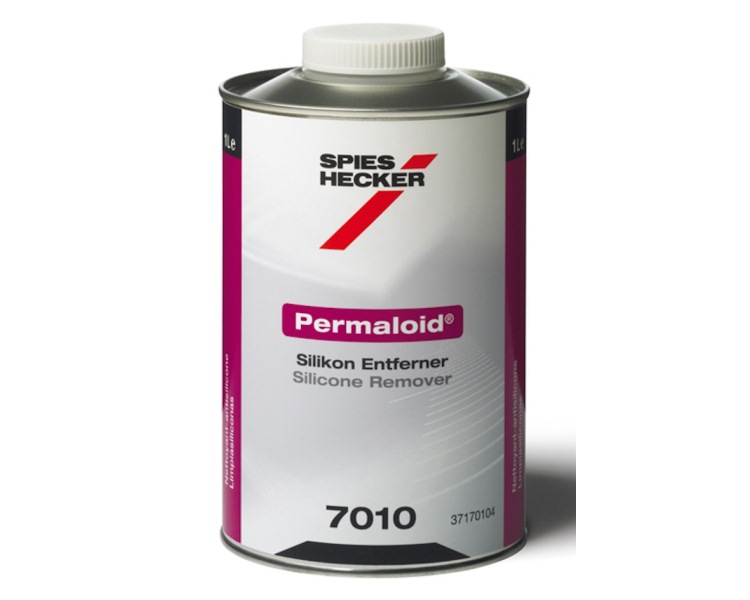
How to remove fresh tracks?
Fresh, just applied silicone preparation is viscous and plastic. It does not yet adhere to the surface.
It is important to wipe off the uncured preparation very carefully, as it will be much more difficult to wipe it off later.
7 recommendations
When removing silicone sealant from an acrylic bath, you should take into account such recommendations of specialists:
- When removing the composition mechanically, the sharp blade must not be guided vertically, as the acrylic surface could be damaged if the knife accidentally slides off.
- If silicone needs to be removed from narrow crevices, it is convenient to use tweezers or small-sized pliers. Prying off the edge, carefully remove the sealant in a continuous strip.
- Do not use excessive force to separate the silicone. It is necessary to act gradually, starting with mechanical cutting and moving on to chemical methods.
- Acetone cannot be used on acrylics. Also, any acetone-containing compositions are banned.
- Sealants are not only silicone. Before starting work, you should clarify what kind of waterproofing composition was used.
- If the sealing layer needs to be replaced, the previous one must be completely removed. This is a prerequisite because old and fresh silicone sealants have a very weak bond.
- Working with sealants requires a high degree of care. All errors and imperfections in the application should be removed until the silicone has set.
Find helpful tips and tricks on how to remove silicone sealant in the bathroom here.
Conclusion
Handy tools and special formulations will help to remove silicone sealant from the acrylic bath. Acrylic is sensitive to a wide range of chemicals. Before starting to clean it, you need to make sure that the solvent is acceptable for use on acrylic surfaces.

